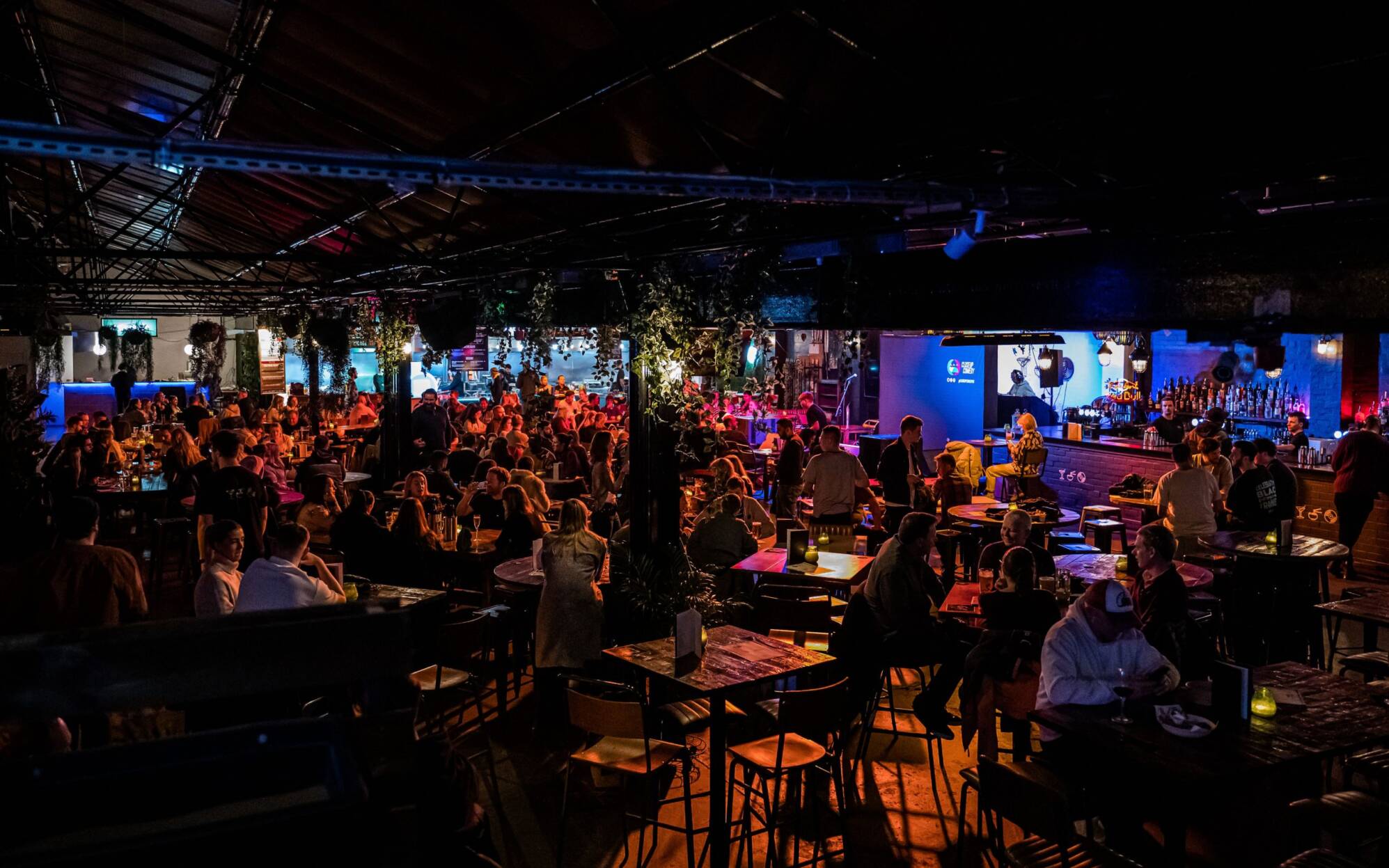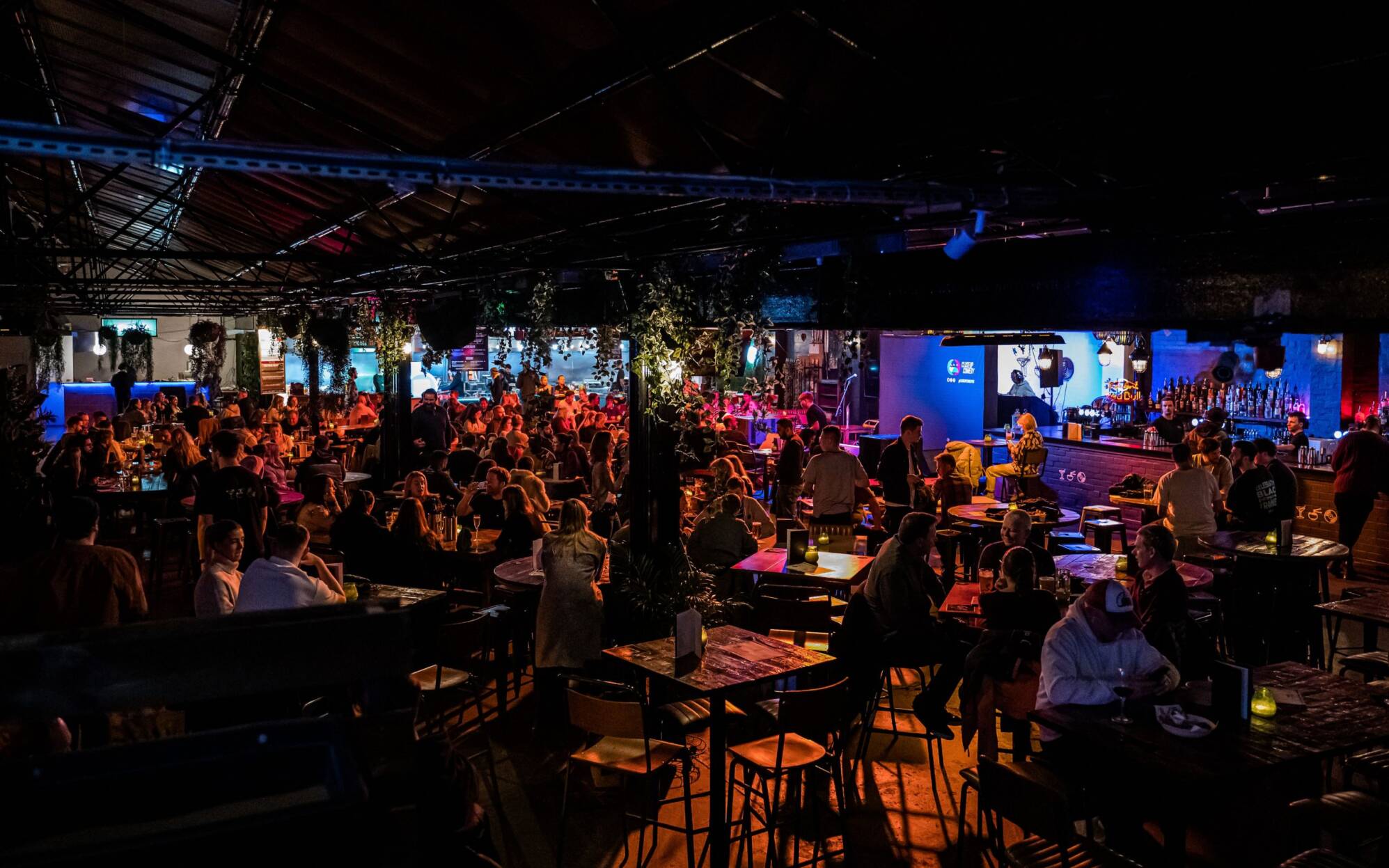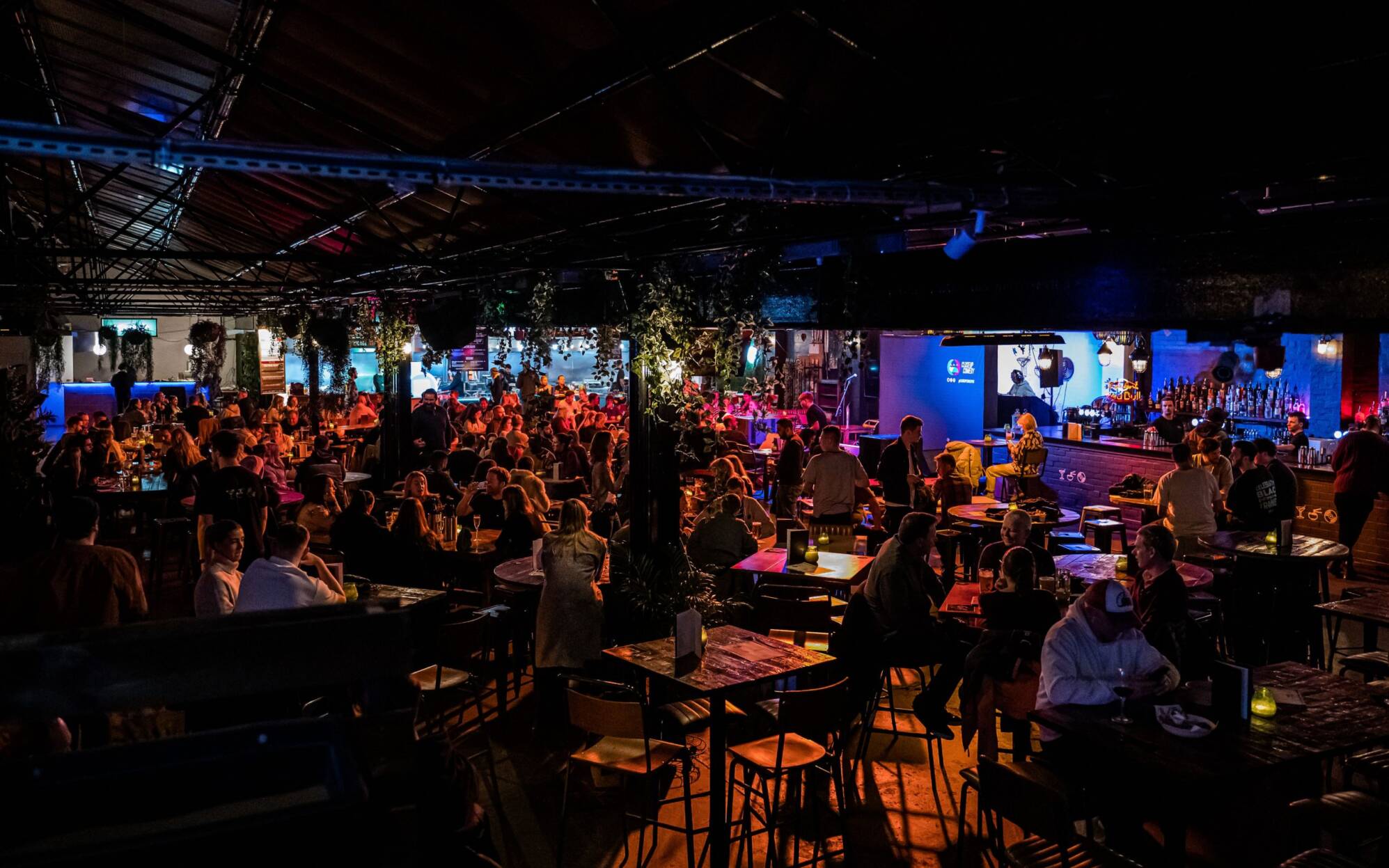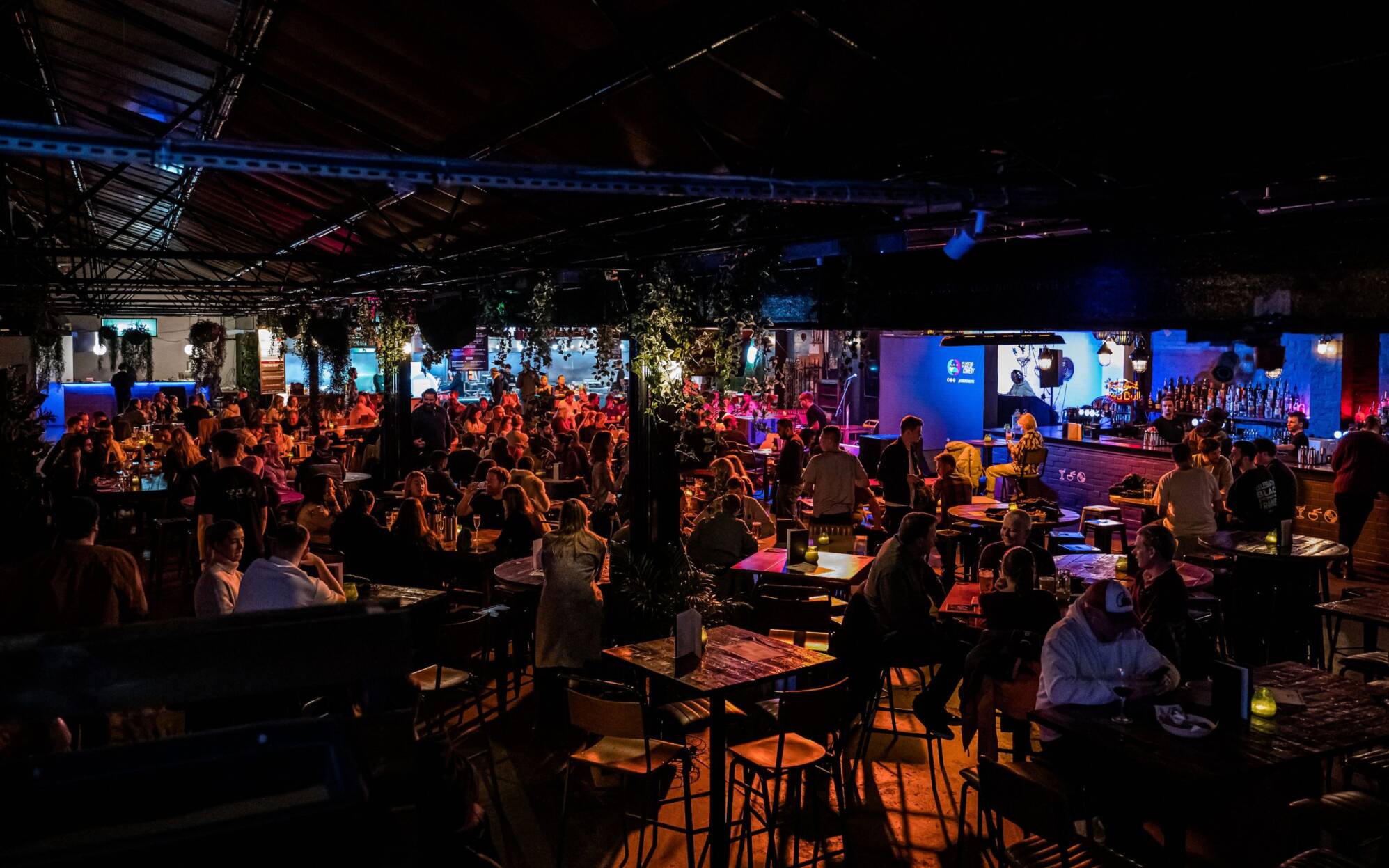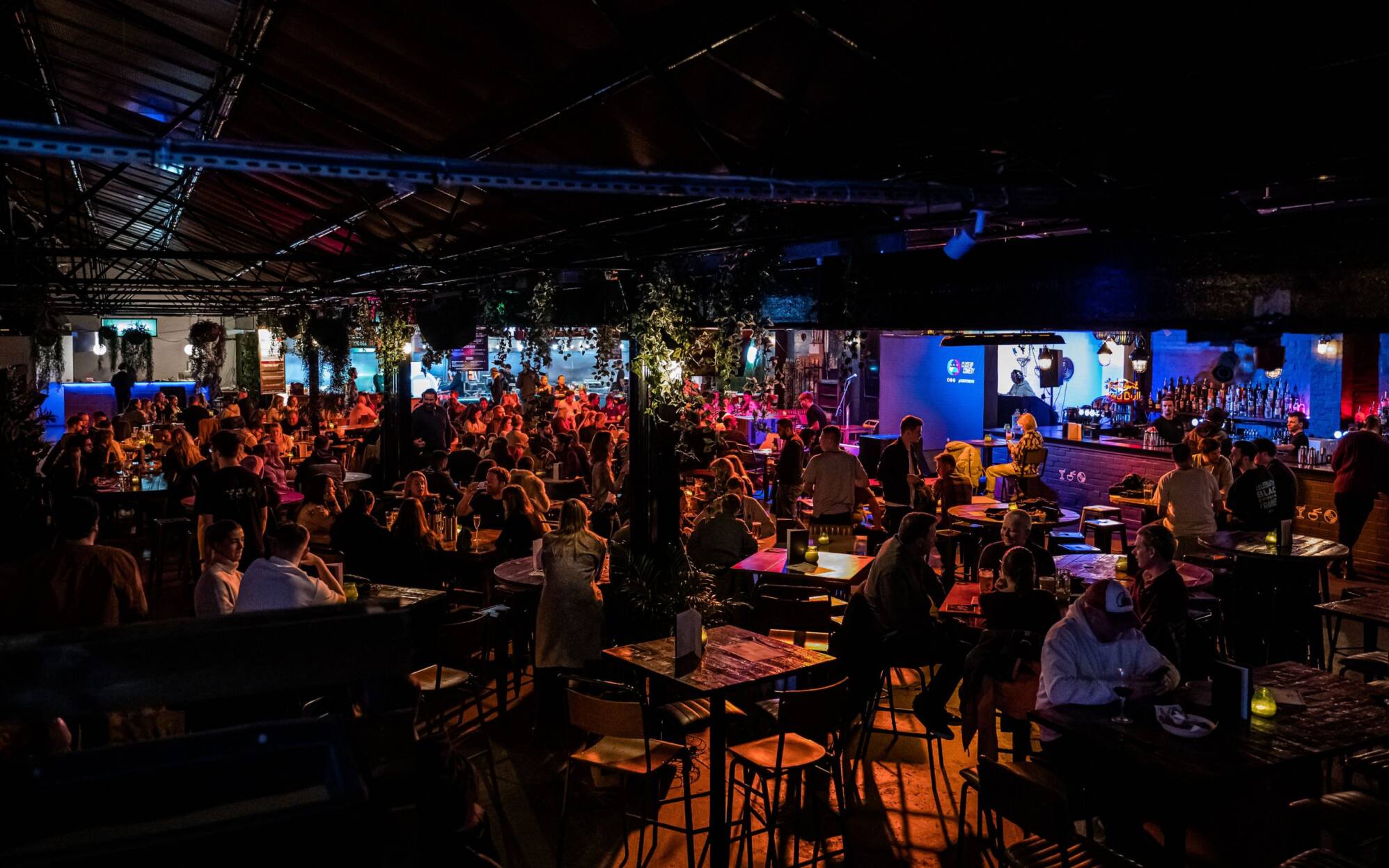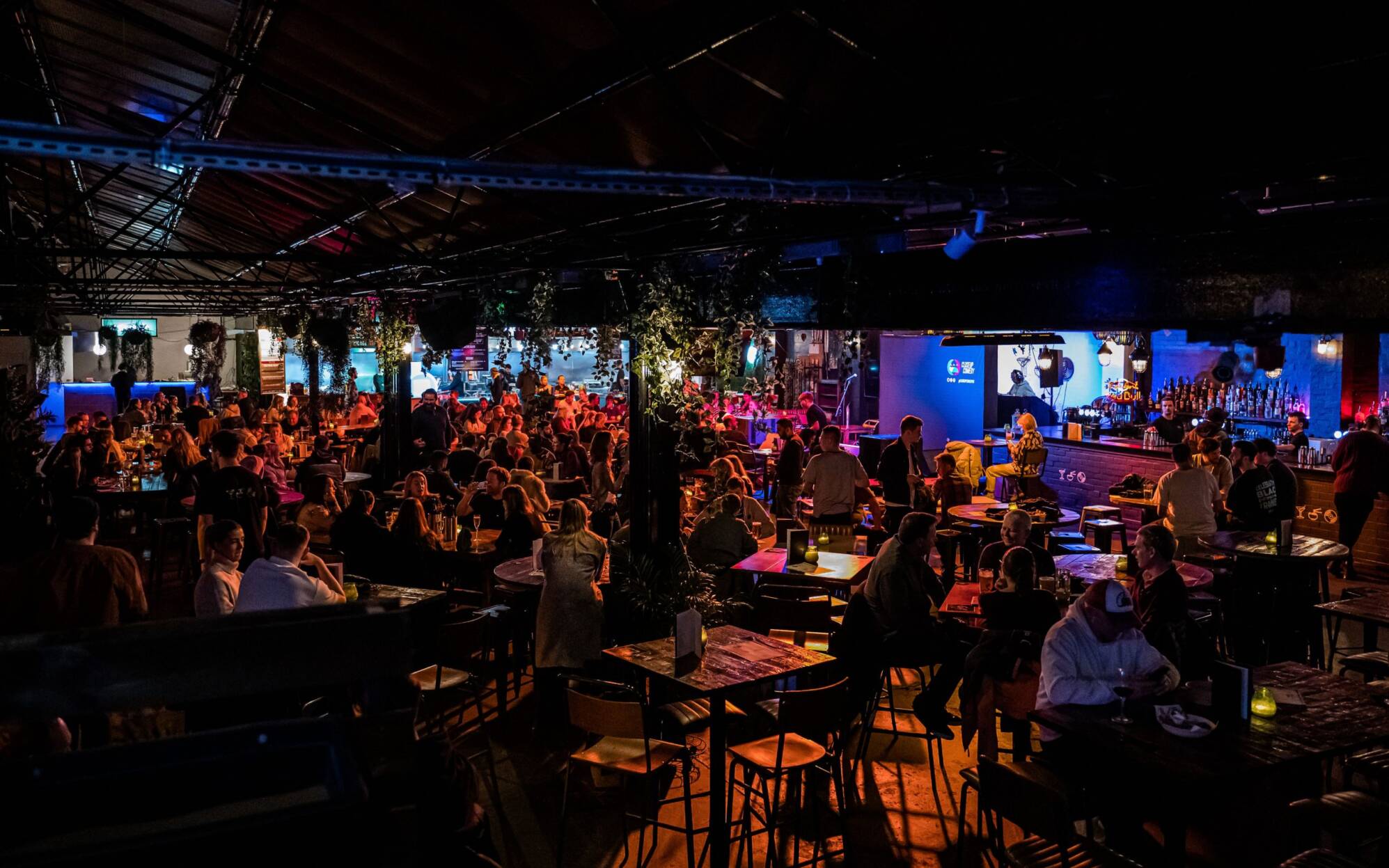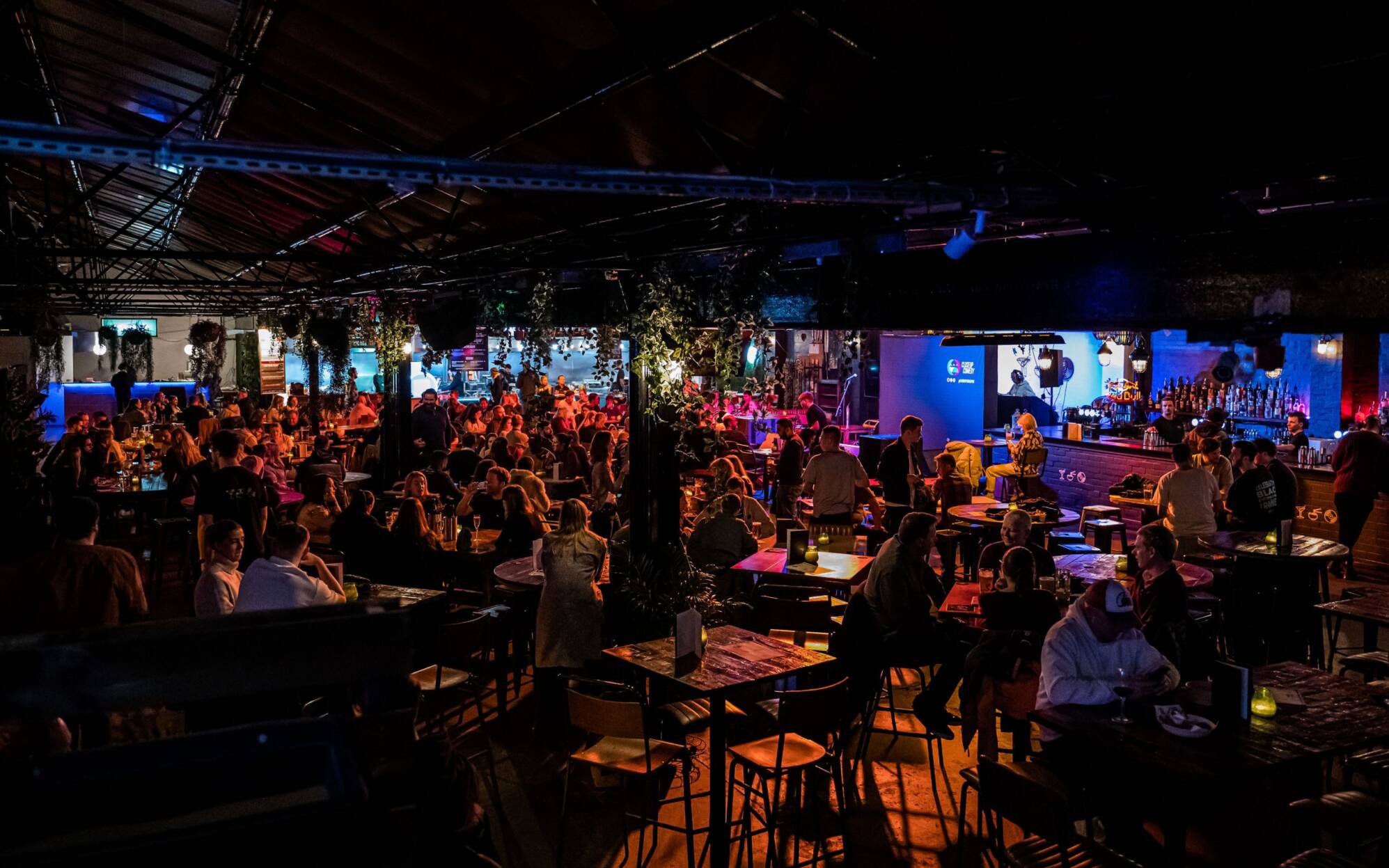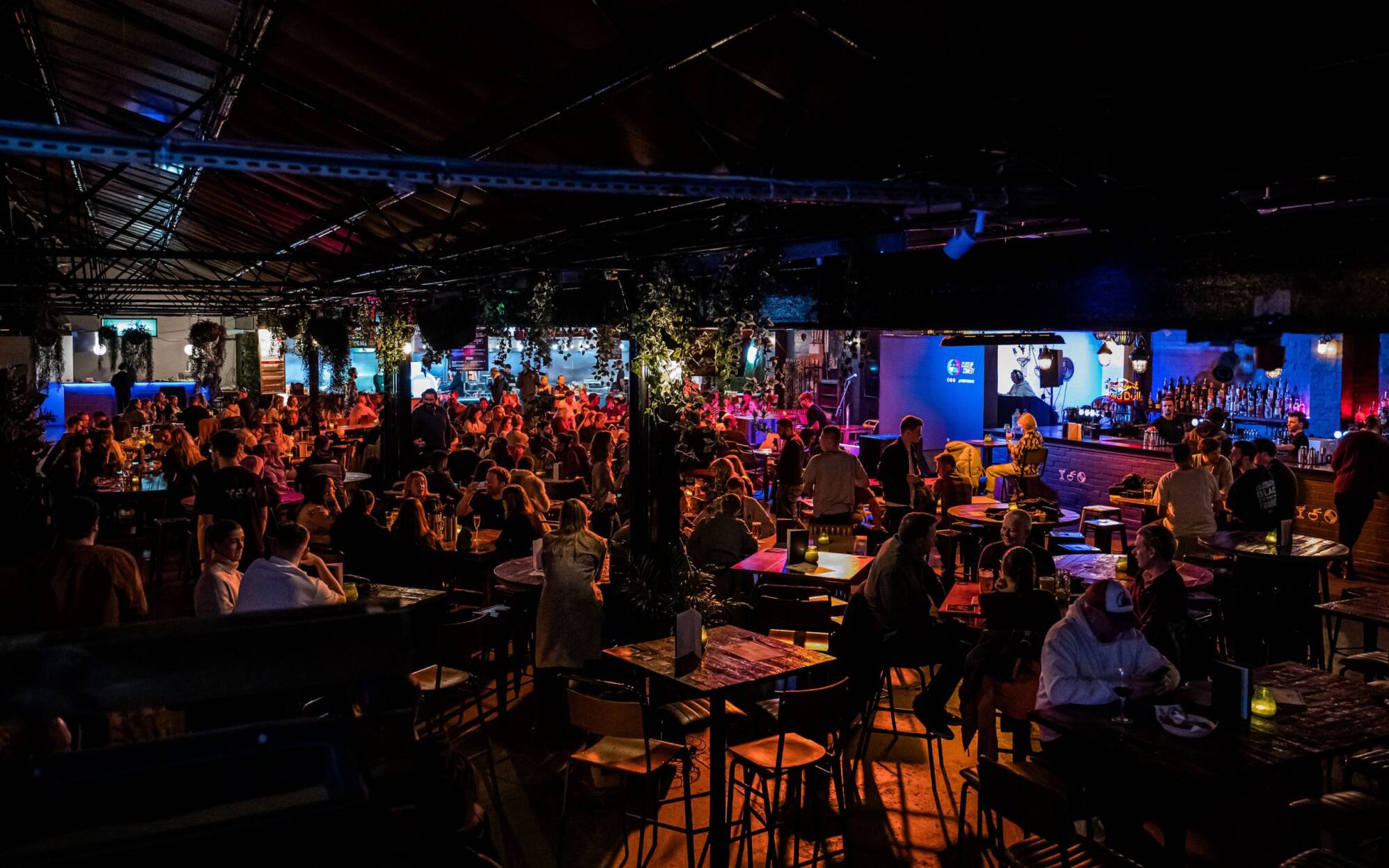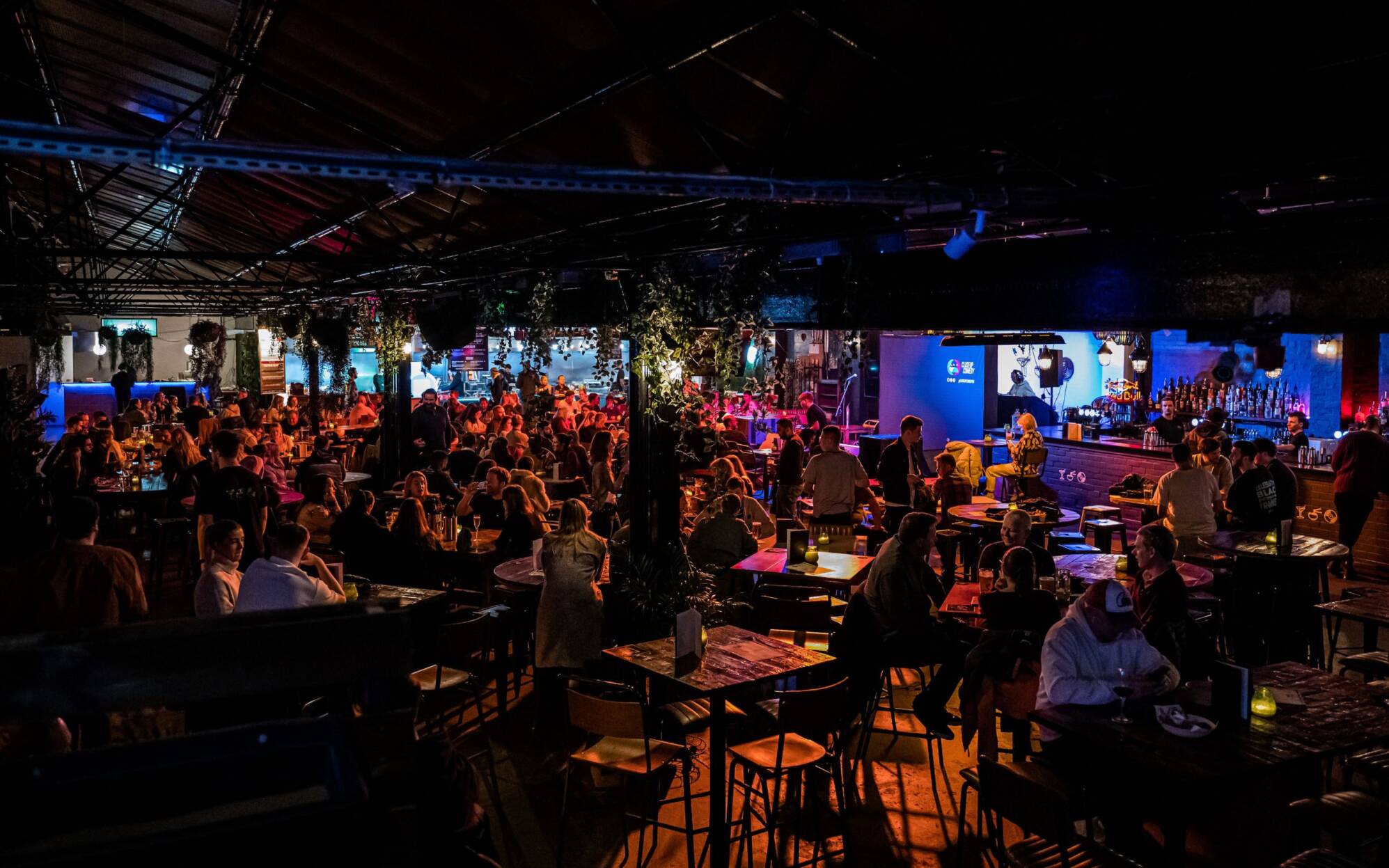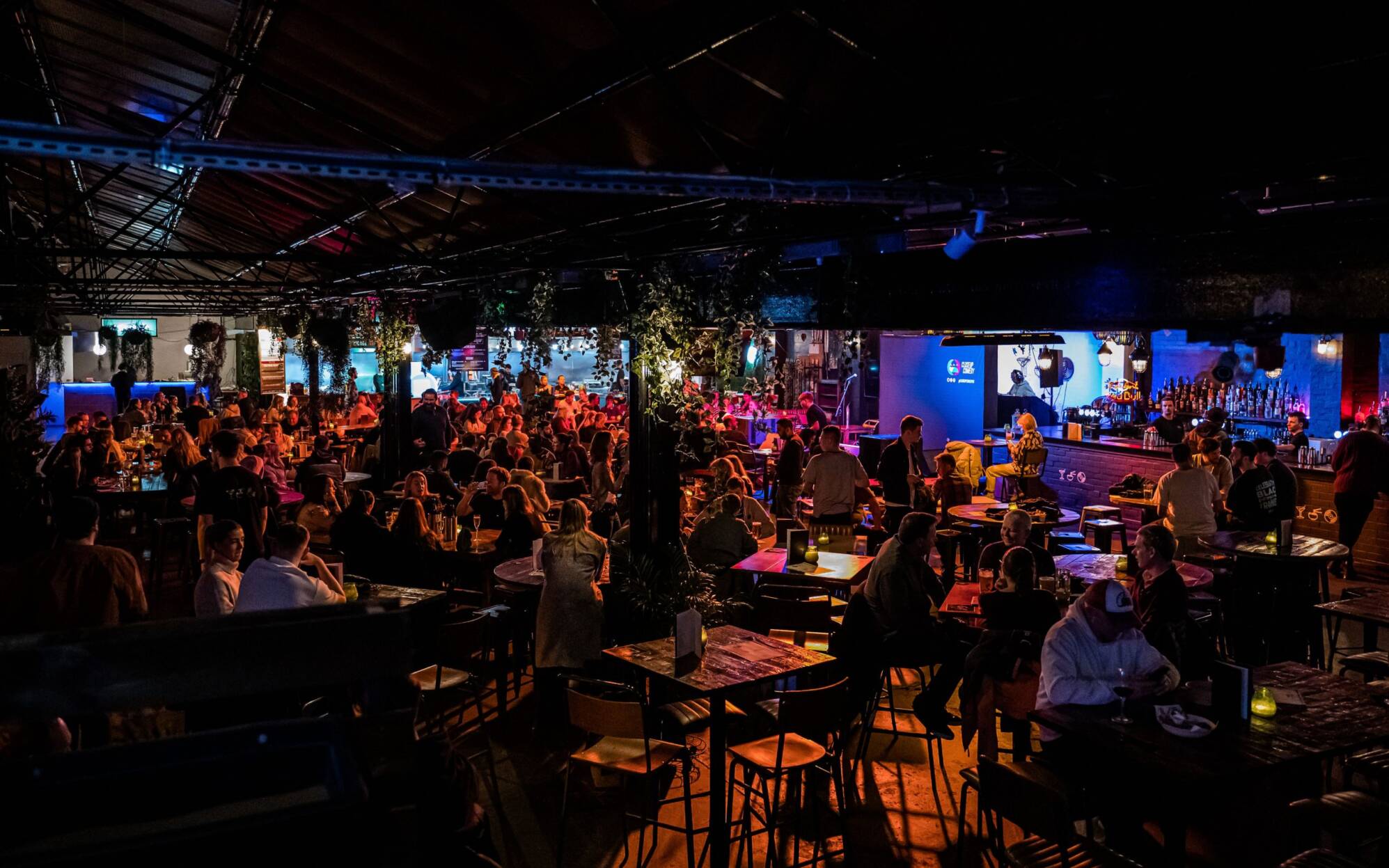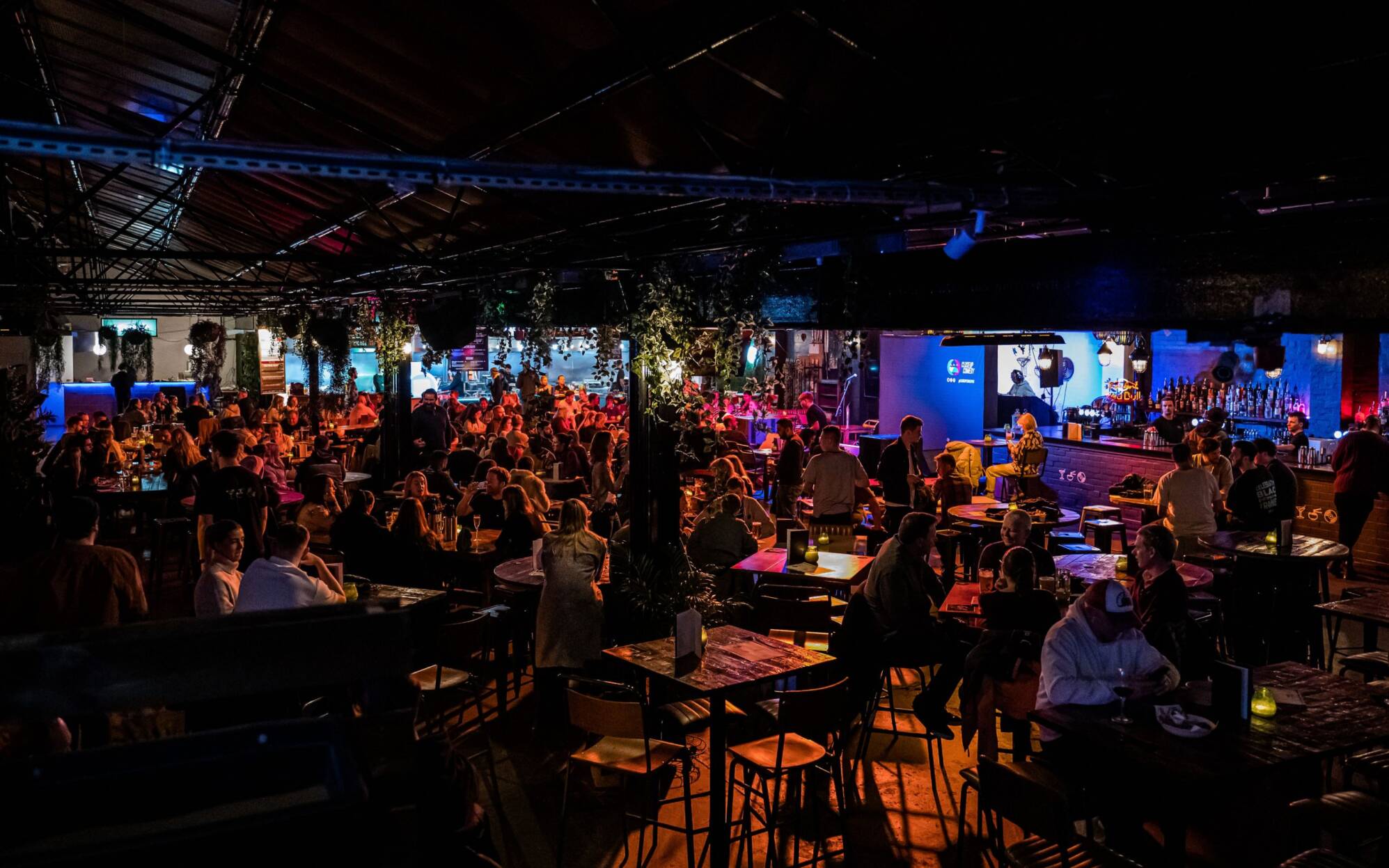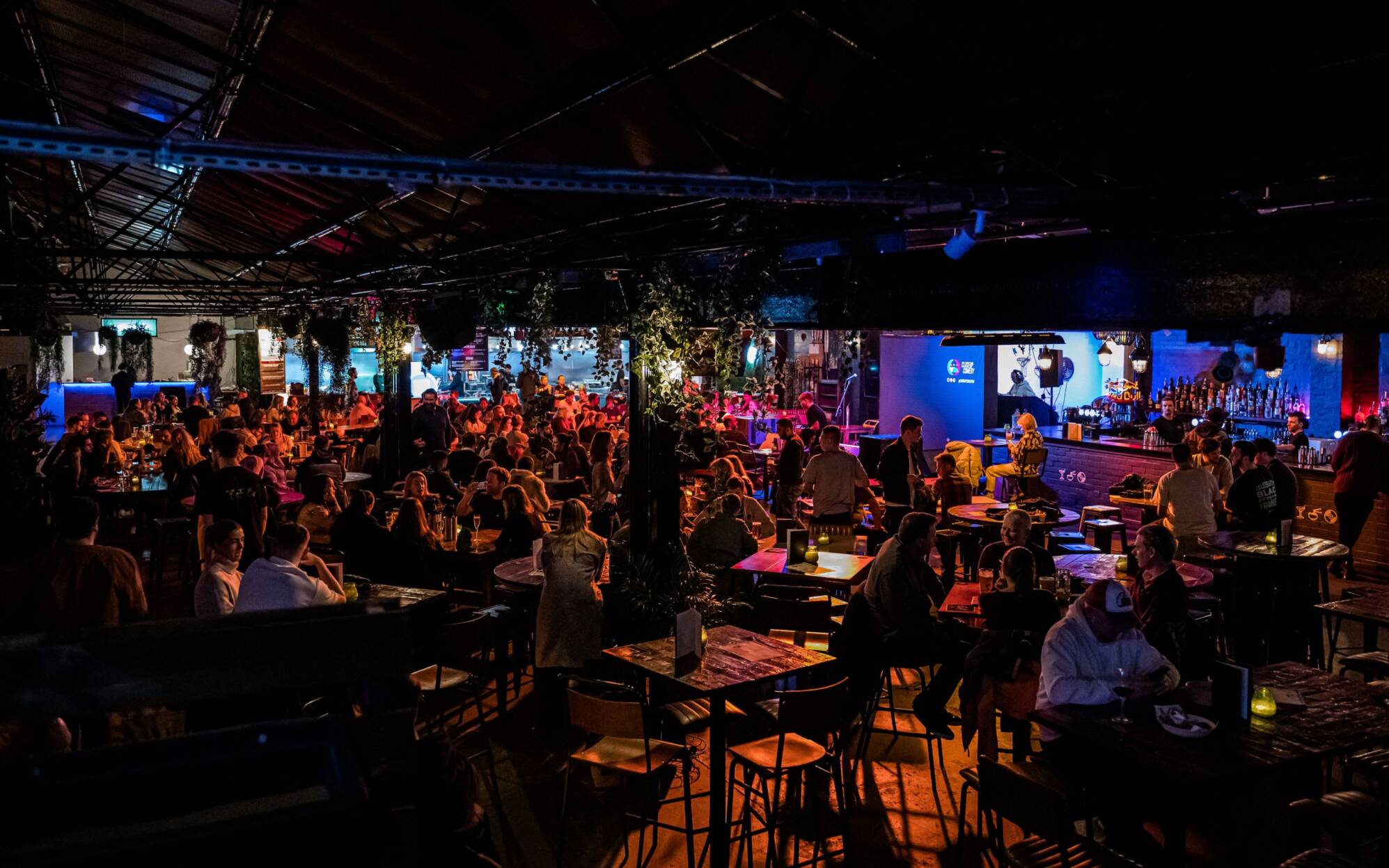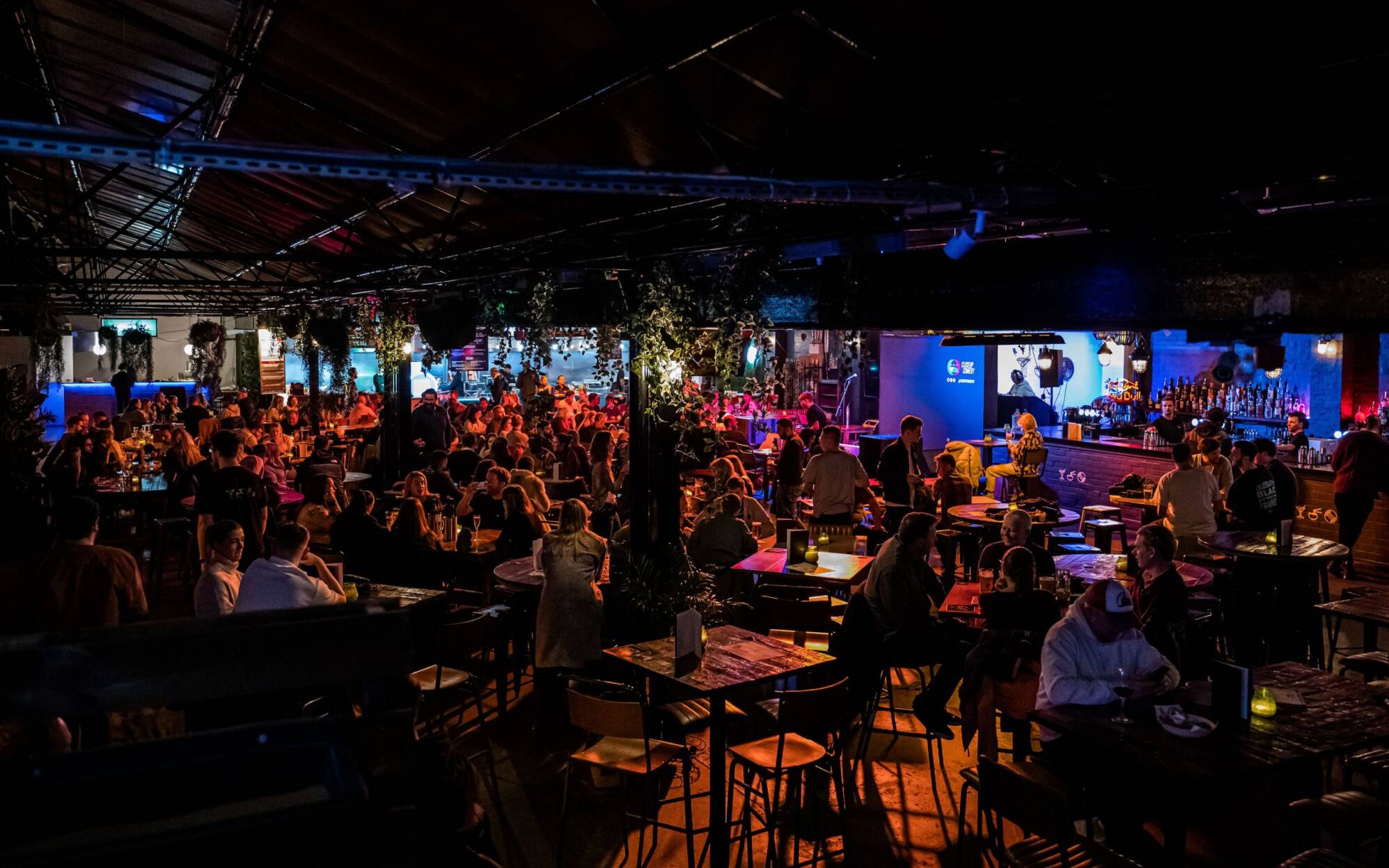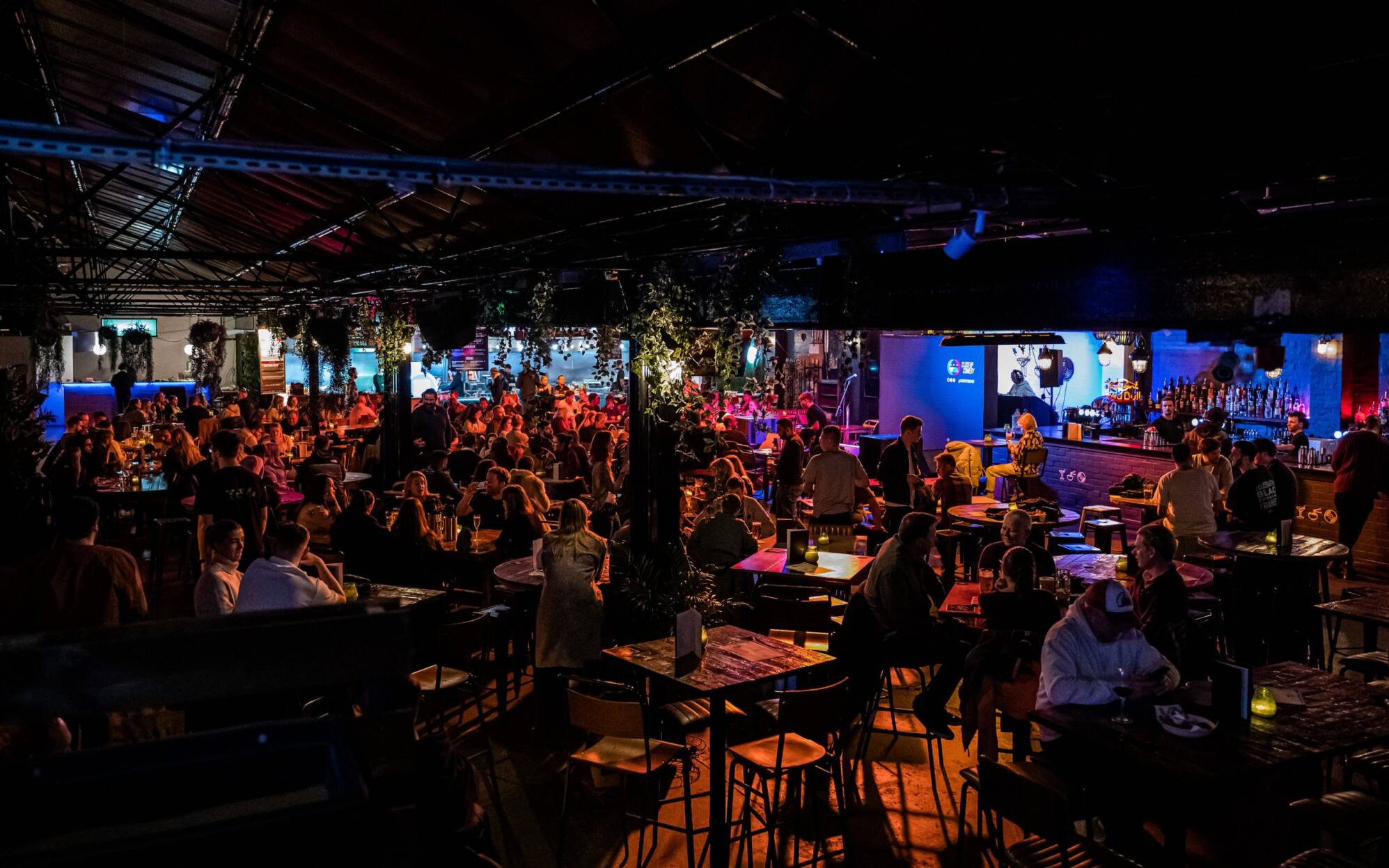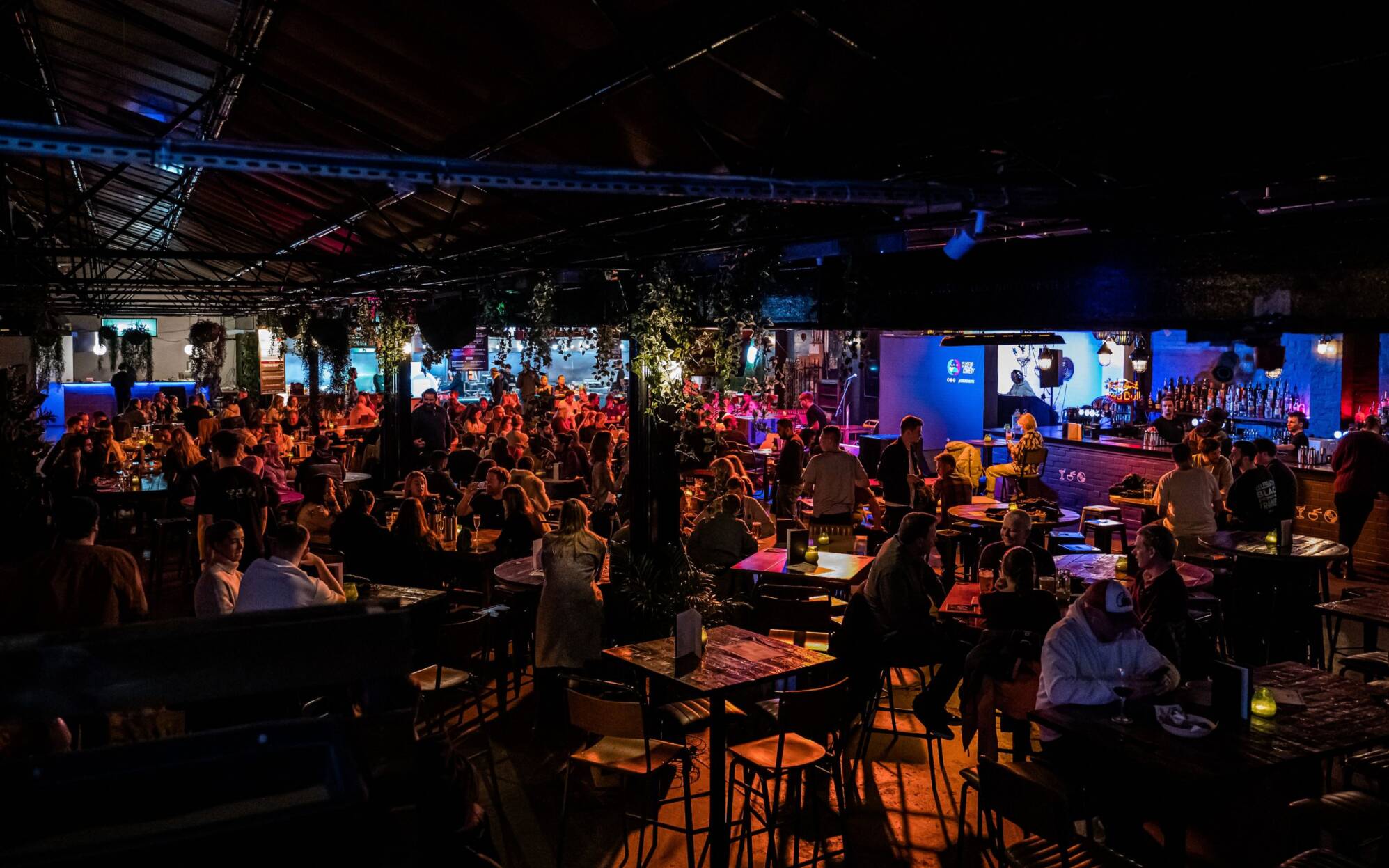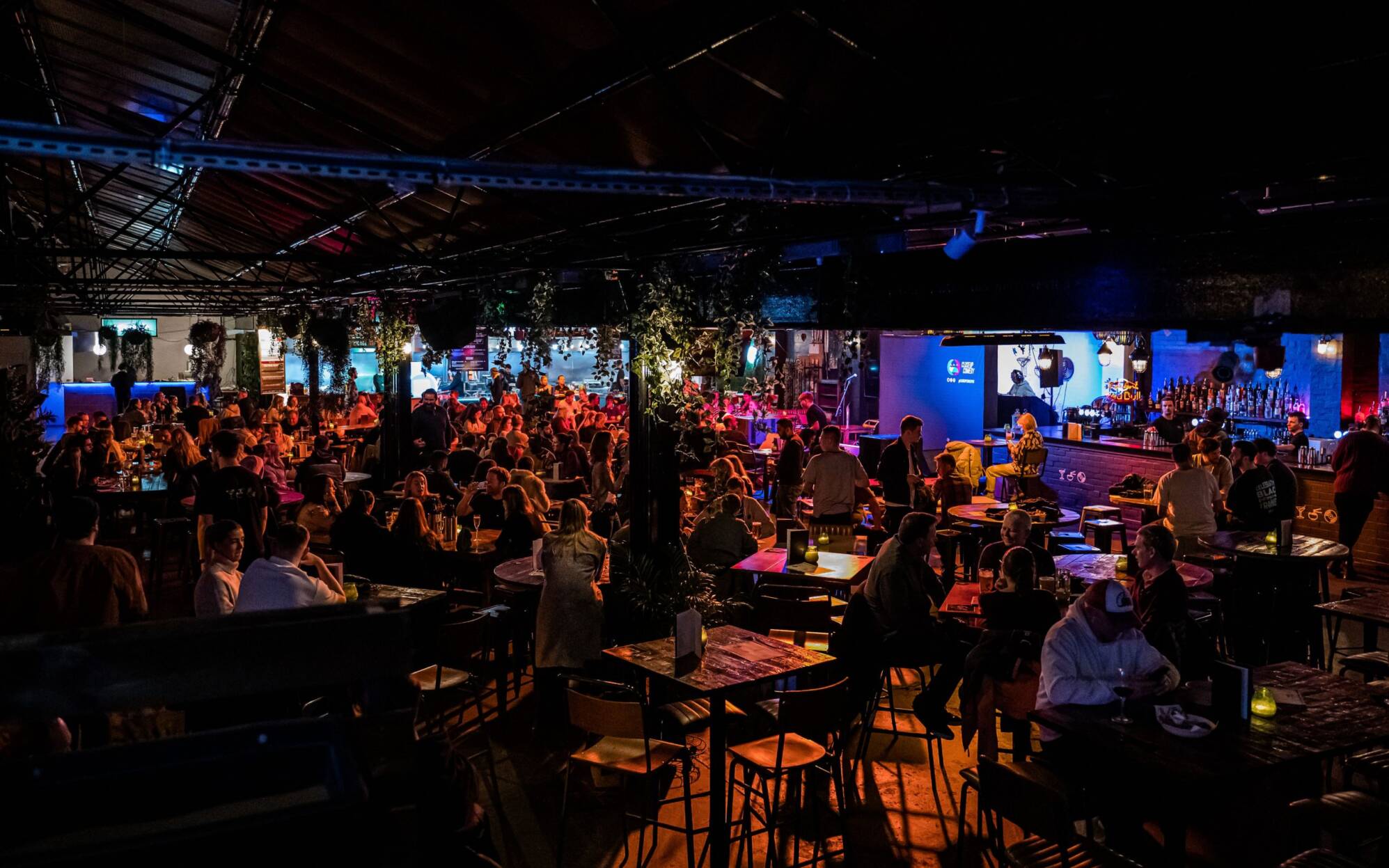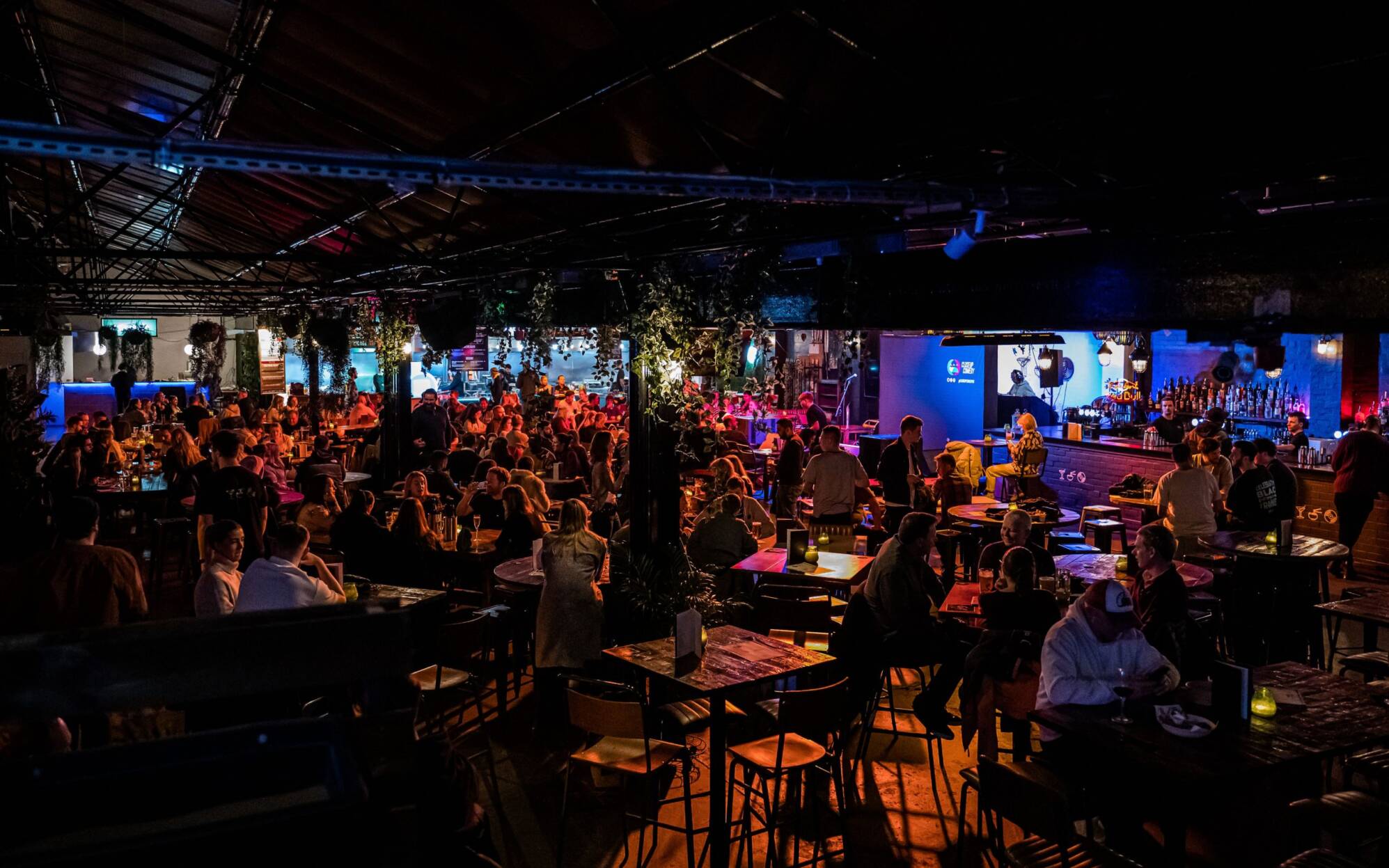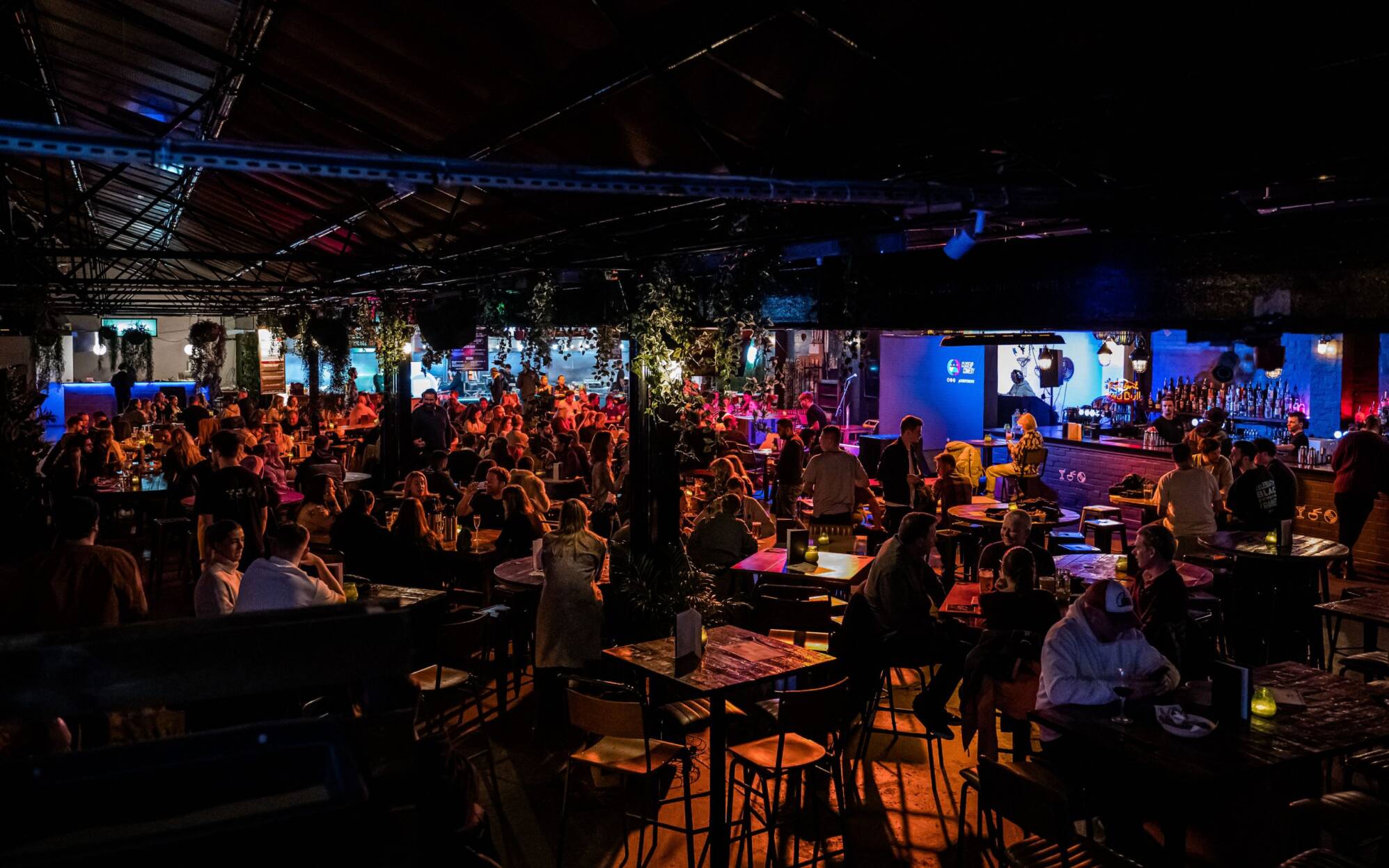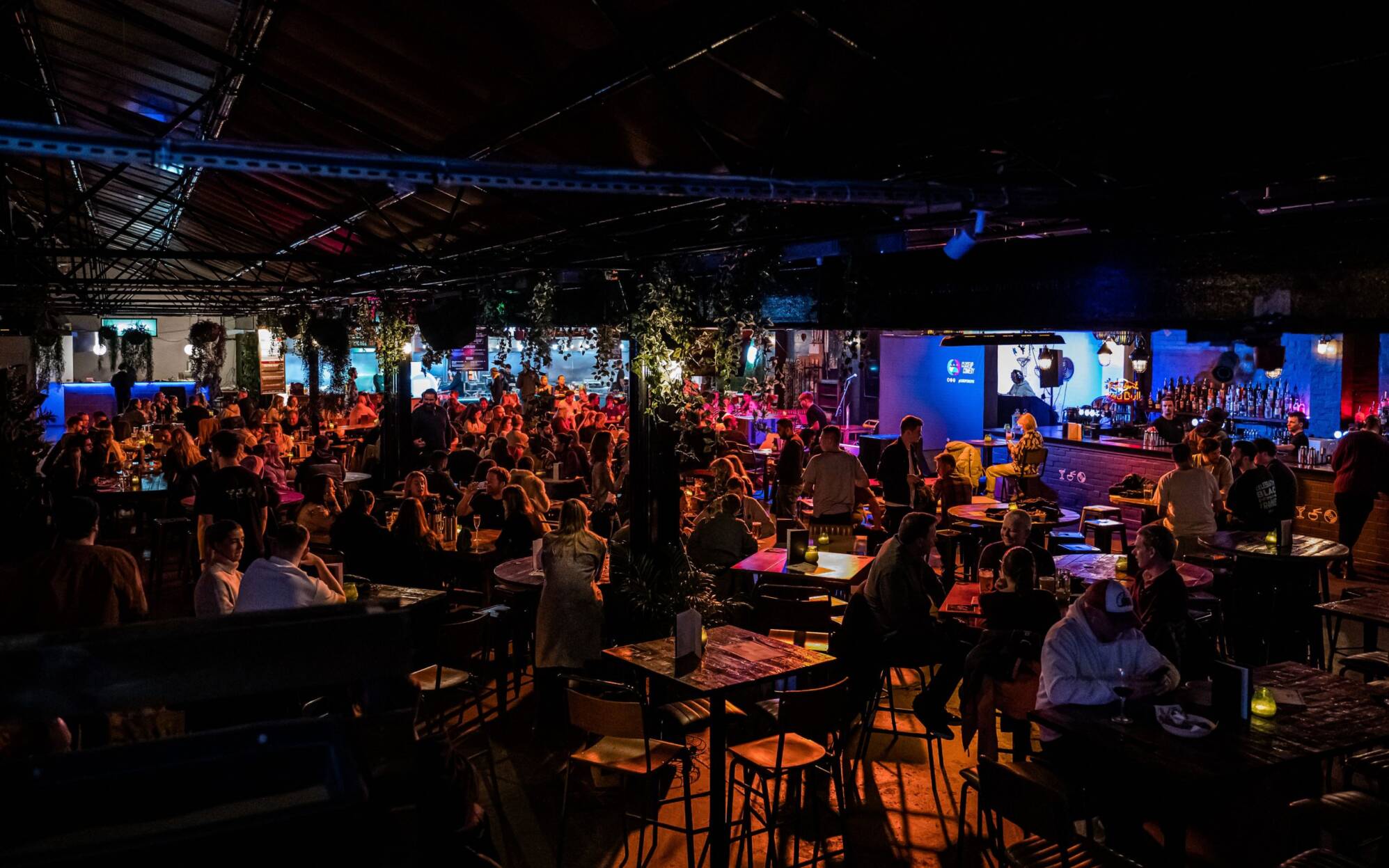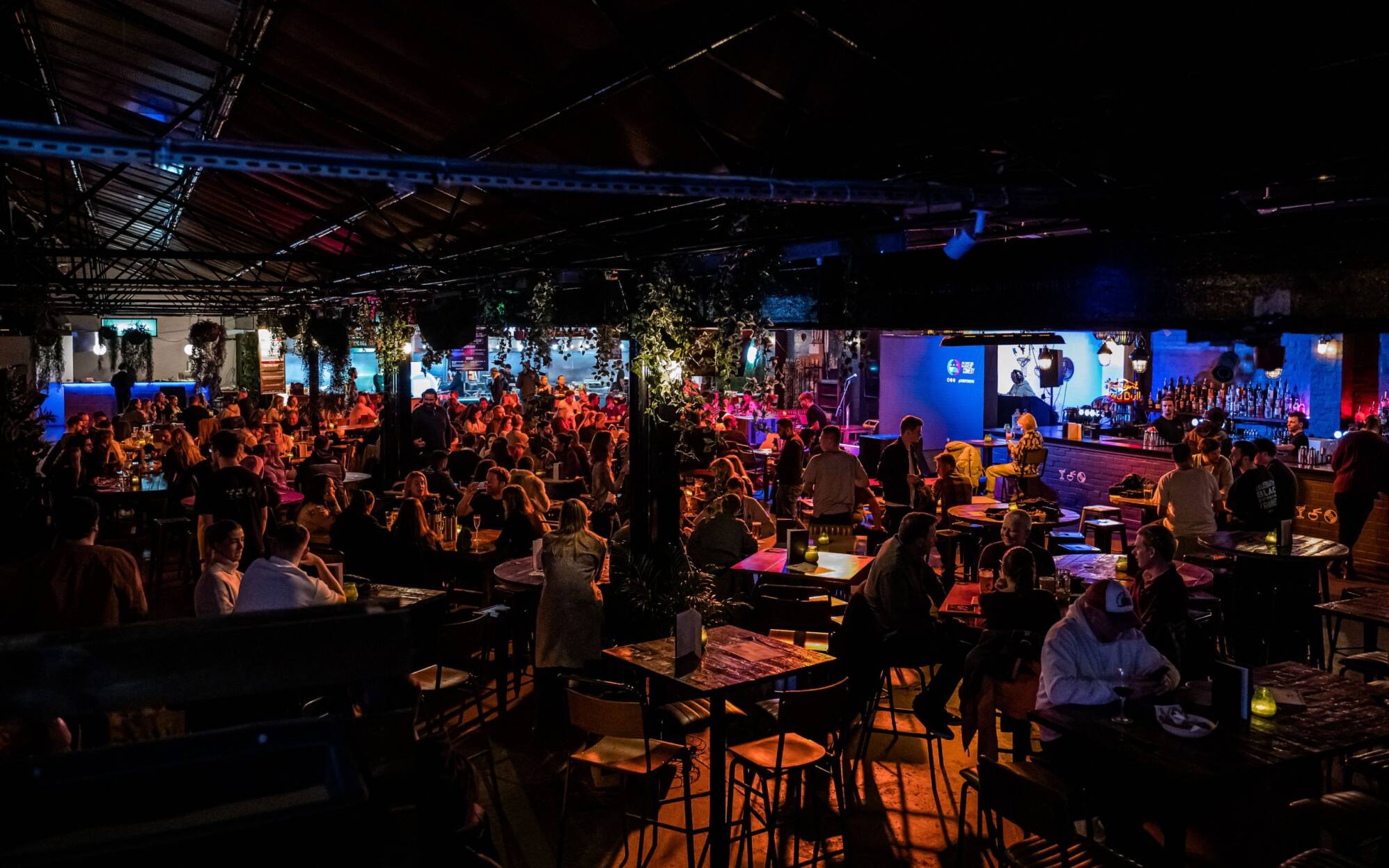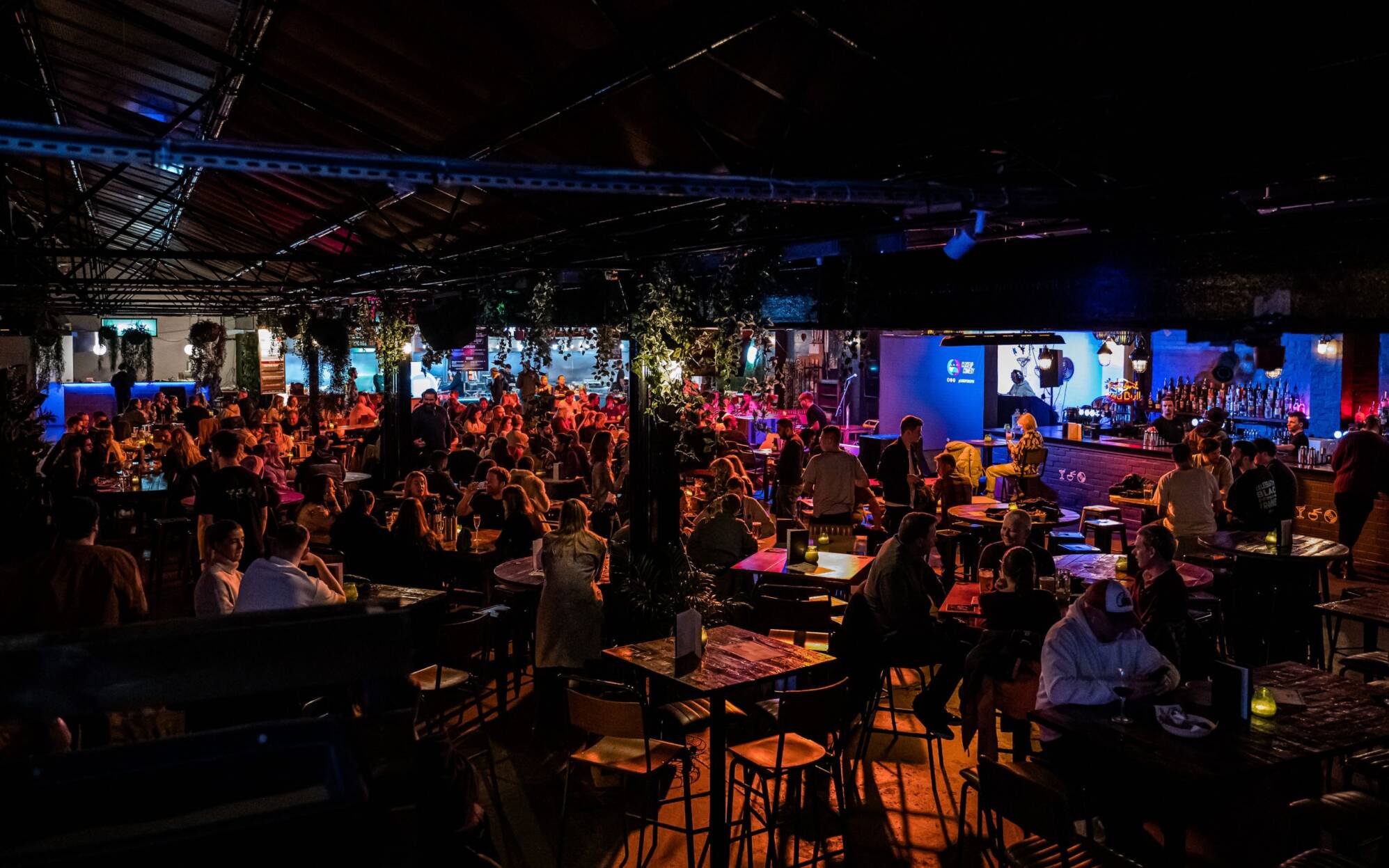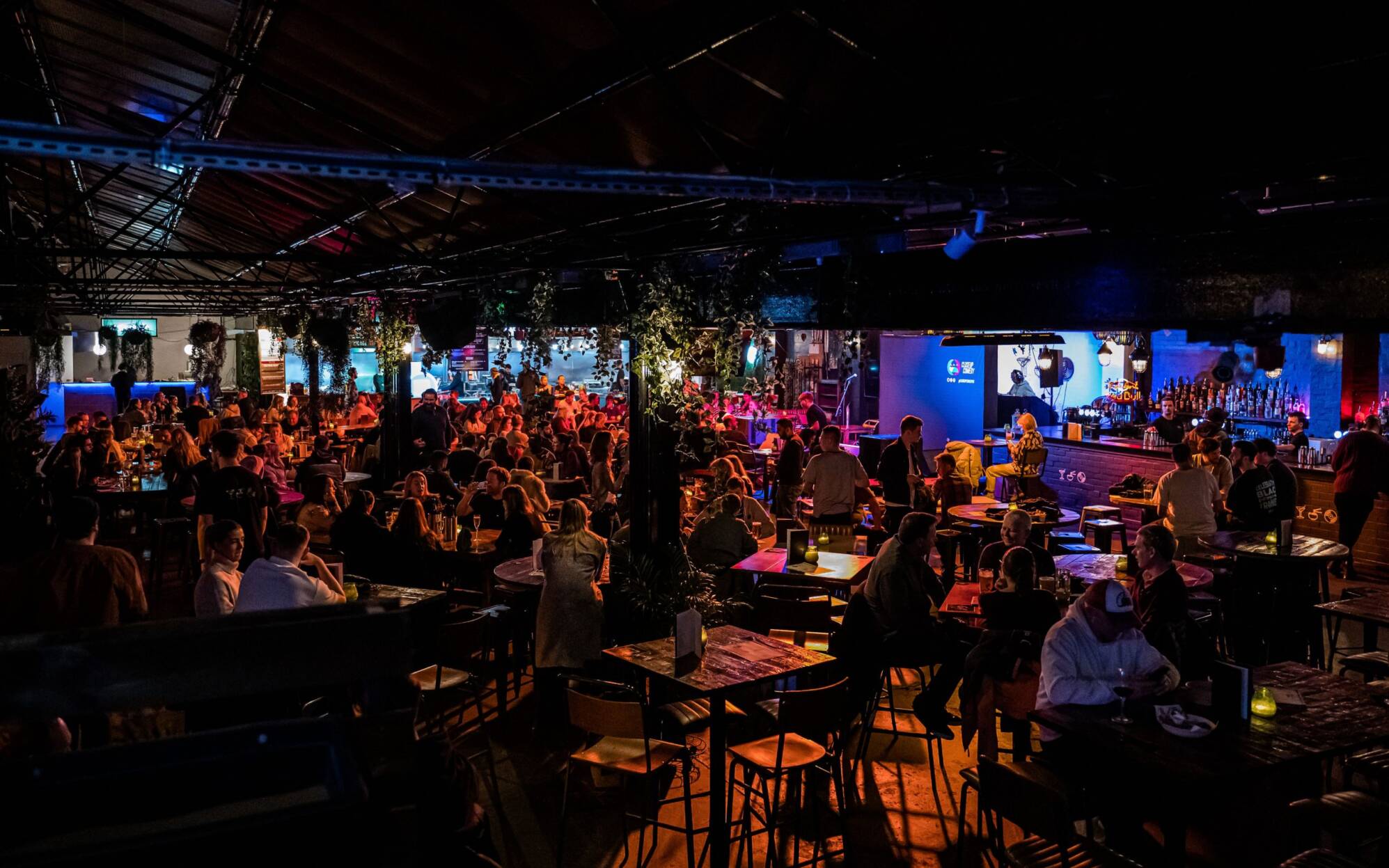Social clubs form the backbone of community life across the UK, providing essential gathering spaces for everything from work…
Sports Social Club Insurance: Complete Protection Guide for UK Sports and Social Clubs
Sports and social clubs form the backbone of community life across the UK, providing vital spaces for recreation, fitness, and social interaction. From cricket pavilions to tennis clubs, football grounds to snooker halls, these establishments face unique risks that require specialized insurance coverage. Understanding the complexities of sports social club insurance is essential for protecting your members, facilities, and financial future.
What is Sports Social Club Insurance?
Sports social club insurance is a comprehensive protection package designed specifically for clubs that combine sporting activities with social facilities. This specialized coverage addresses the dual nature of these establishments – protecting both the sporting activities and the social aspects like bars, restaurants, function rooms, and member facilities.
Unlike standard commercial insurance, sports social club insurance recognizes the unique operational challenges these venues face, including seasonal variations, volunteer management, equipment risks, and the complex liability exposures that arise from mixing sporting activities with social functions.
Types of Sports Social Clubs Requiring Insurance
The diversity of sports social clubs across the UK means insurance needs vary significantly:
Traditional Sports Clubs
Cricket clubs with pavilions and bars, tennis clubs with clubhouses, golf clubs with extensive facilities, rugby clubs with social areas, football clubs with supporter facilities, and bowling clubs with indoor and outdoor facilities.
Multi-Sport Complexes
Community centers offering various sports, leisure centers with social facilities, sports halls with function rooms, and recreational complexes combining multiple activities.
Specialized Venues
Snooker and pool clubs, darts clubs, fishing clubs with social areas, cycling clubs with meeting facilities, and athletics clubs with clubhouses.
Key Insurance Coverage Areas
Public Liability Insurance
Public Liability Insurance forms the foundation of sports social club protection. With members of the public regularly using facilities, the risk of accidents is significant. Coverage typically ranges from £1 million to £10 million, protecting against claims for injuries occurring during sporting activities, social events, or simply while on the premises.
Employers Liability Insurance
Employers Liability Insurance is legally required if your club employs staff, whether full-time groundskeepers, part-time bar staff, or seasonal workers. This covers claims from employees injured while working, with minimum coverage of £5 million required by law.
Property Insurance
Property Insurance protects the physical assets of your club. This includes buildings like clubhouses, pavilions, and changing rooms, as well as contents such as sporting equipment, furniture, bar stock, and kitchen equipment. Many policies also cover outdoor equipment like goal posts, nets, and maintenance machinery.
Business Interruption Insurance
Business Interruption Insurance provides crucial financial protection if your club cannot operate due to covered damage. This might include loss of membership fees, bar revenue, function room hire, and ongoing expenses like staff wages and utilities during closure periods.
Equipment Insurance
Equipment Insurance specifically covers sporting equipment, which can represent significant value. From cricket sight screens to tennis court surfaces, golf course maintenance equipment to snooker tables, specialized equipment coverage ensures replacement costs are covered.
Unique Risks Facing Sports Social Clubs
Weather-Related Risks
Weather-Related Risks pose significant challenges, particularly for outdoor sports. Storm damage to pavilions, flooding of pitches, and weather-related event cancellations can impact both immediate operations and long-term revenue.
Alcohol-Related Incidents
Alcohol-Related Incidents present particular liability concerns. Many sports clubs operate bars and host social events where alcohol is served. This increases the risk of accidents, altercations, and potential claims against the club.
Equipment Theft and Vandalism
Equipment Theft and Vandalism are unfortunately common, with sports equipment being particularly attractive to thieves. Clubs often store valuable equipment in relatively isolated locations, making them vulnerable targets.
Volunteer Management Issues
Volunteer Management Issues create unique liability exposures. Many sports clubs rely heavily on volunteers who may not have professional training in safety procedures or equipment handling.
Seasonal Variations
Seasonal Variations affect both risk exposure and revenue streams. Many clubs experience peak activity during specific seasons, creating concentrated periods of higher risk.
Professional Indemnity Considerations
While not always obvious, sports social clubs may require professional indemnity insurance in certain circumstances. Clubs offering coaching services, fitness instruction, or sports therapy may face claims related to inadequate instruction or advice. Even volunteer coaches can expose the club to liability if their actions result in injury or poor performance outcomes.
Cyber Insurance for Modern Clubs
Today's sports clubs increasingly rely on digital systems for membership management, online bookings, payment processing, and social media engagement. Cyber insurance protects against data breaches, system failures, and online fraud. This coverage is particularly important for clubs handling member personal data and financial information.
Licensing and Regulatory Compliance
Sports social clubs must navigate complex licensing requirements, particularly those serving alcohol or hosting entertainment. Insurance policies should align with licensing conditions and provide coverage for regulatory compliance issues. Failure to maintain proper licenses can void insurance coverage, making compliance essential.
Choosing the Right Insurance Provider
Specialist Knowledge
Specialist Knowledge is crucial when selecting an insurer. Providers experienced in sports club insurance understand the unique risks and can offer tailored coverage options. They're also more likely to provide competitive pricing and comprehensive claims support.
Policy Flexibility
Policy Flexibility matters significantly for sports clubs with varying seasonal needs. Look for insurers offering adjustable coverage levels, seasonal discounts, and the ability to modify policies as club activities change.
Claims Handling Experience
Claims Handling Experience in the sports sector ensures faster resolution and better outcomes. Insurers familiar with sports club operations can process claims more efficiently and understand the urgency of getting facilities operational again.
Risk Management and Prevention
Safety Procedures
Safety Procedures should be documented and regularly reviewed. This includes equipment inspection schedules, facility maintenance programs, and emergency response procedures. Many insurers offer premium discounts for clubs demonstrating strong risk management practices.
Training Programs
Training Programs for staff and volunteers reduce accident risks and potential claims. Regular safety training, equipment handling instruction, and first aid certification can significantly improve your club's risk profile.
Facility Maintenance
Facility Maintenance prevents many common claims. Regular inspection of playing surfaces, equipment, and buildings identifies potential hazards before they cause accidents.
Cost Factors and Premium Considerations
Several factors influence sports social club insurance premiums:
Club Size and Membership
Club Size and Membership numbers affect risk exposure and premium calculations. Larger clubs with more members typically face higher premiums but may benefit from economies of scale.
Facility Types and Conditions
Facility Types and Conditions impact pricing significantly. Modern, well-maintained facilities generally attract lower premiums than older buildings requiring extensive maintenance.
Activity Types
Activity Types influence risk assessment. High-contact sports or activities with inherent injury risks may result in higher premiums than lower-risk activities.
Claims History
Claims History affects future premium pricing. Clubs with good claims records often benefit from no-claims discounts and preferential pricing.
Location Factors
Location Factors including crime rates, weather exposure, and proximity to emergency services all influence premium calculations.
Common Exclusions and Limitations
Understanding policy exclusions prevents unpleasant surprises during claims. Common exclusions include:
Wear and Tear
Wear and Tear of equipment and facilities is typically excluded, emphasizing the importance of regular maintenance and replacement programs.
Intentional Damage
Intentional Damage by members or staff is usually excluded, though vandalism by non-members may be covered.
Professional Sports Activities
Professional Sports Activities often require separate coverage, with amateur club policies excluding professional or semi-professional sporting activities.
Unattended Premises
Unattended Premises may have limited coverage, particularly for theft and vandalism occurring when facilities are unsupervised.
Making a Claim: Best Practices
Immediate Response
Immediate Response procedures should be established for different types of incidents. Quick notification to insurers and proper documentation of incidents improves claim outcomes.
Evidence Preservation
Evidence Preservation is crucial for successful claims. Photographs, witness statements, and detailed incident reports provide essential documentation for claim assessment.
Professional Support
Professional Support from insurance brokers or claims specialists can significantly improve claim outcomes, particularly for complex or high-value claims.
Future Trends in Sports Club Insurance
Technology Integration
Technology Integration is changing how clubs operate and how insurers assess risk. Smart security systems, automated facility monitoring, and digital membership management systems are influencing insurance products and pricing.
Environmental Considerations
Environmental Considerations are becoming increasingly important. Climate change impacts, sustainability requirements, and environmental liability concerns are shaping future insurance products.
Changing Participation Patterns
Changing Participation Patterns affect risk profiles as sports clubs adapt to changing member preferences and demographic shifts.
Conclusion
Sports social club insurance represents a specialized area requiring expert knowledge and tailored coverage solutions. The unique combination of sporting activities, social functions, and community involvement creates complex risk exposures that standard commercial insurance cannot adequately address.
Successful insurance protection requires understanding your club's specific risks, selecting appropriate coverage levels, and working with insurers experienced in the sports sector. Regular policy reviews ensure coverage remains adequate as your club evolves and grows.
The investment in comprehensive insurance protection provides peace of mind for committee members, protects the club's financial stability, and ensures continuity of services for members and the wider community.
For sports social clubs seeking specialized insurance advice, professional guidance from experienced brokers can help navigate the complexities of coverage options and ensure optimal protection at competitive rates.


 0330 127 2333
0330 127 2333
